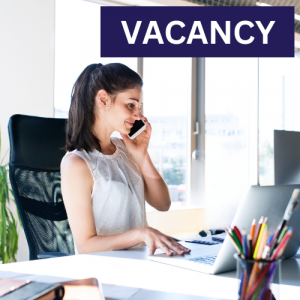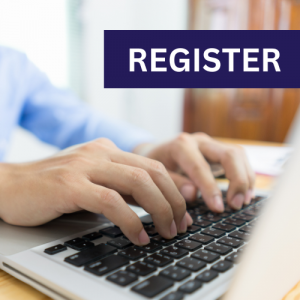The HR challenge of welcoming the workforce back to the office
August 21st 2020 | Posted by Phil Scott
Now that government advice has changed, and people are being advised to go back to work, HR teams are at the centre of making the return process as seamless as possible.
Given the potential scale of the task, this is not an easy undertaking.
In order to be successful, there are several different factors that HR professionals need to consider.
Reassuring people who are worried about returning to the office
There will be several people who are worried about returning to the work environment after spending several months working from home or on furlough.
It’s important that managers or HR representatives talk to people about their concerns and take into account their personal circumstances. For instance, if an individual is vulnerable, or caring for someone who is, it may be necessary to make it possible for them to remain at home.
However, if someone refuses to return to work, and there is no valid reason, disciplinary action may be necessary.
Ensuring COVID-19 safety in the workplace
HR professionals are likely to be involved in the process of making sure that the business is COVID-19 secure before people return to work.
Careful attention should be paid to the government advice about this. This advice includes:
- Ensuring that social distancing is possible.
- Using screens and barriers for the protection of individuals.
- Changing seating arrangements so that people are sitting back to back instead of side by side.
- Enabling frequent hand washing and sanitising.
Preparation for the first day back
The most important thing for HR teams and management to remember is that no-one should return to work before detailed risk assessments have been completed.
Required adjustments also need to be carried out and individuals need to be informed of any changes. This can be done as part of a return pack which provides details of what the individual can expect and any new rules that have been put in place.
Emphasis should always be on safety. Many HR teams are choosing to provide these packs as digital content that employees can access before they return.
Dealing with employees who do not adhere to COVID-19 measures
Everyone who is returning to work should be made aware of the measures that are in place and what will happen if they do not adhere to them.
This means that managers and HR representatives can instigate disciplinary or potential dismissal procedures if an individual does not comply.
Current business policies may be wide enough to cover this. However, if this is not the case, new policies may need to be written.
Dealing with a case of COVID-19 in the business
There is always a chance that an employee could suspect that they have been infected with COVID-19. Businesses need to be prepared for this and HR teams are likely to be involved with this preparation.
This preparation should include advising the individual to get tested for COVID-19 and making sure that they do not enter the workplace until the results are known.
If they test positive, they need to self-isolate for 10 days at home from the day symptoms started or the day of the test if they do not have symptoms.
Anyone who has been exposed to the employee in the workplace needs to self-isolate for 14 days. Some businesses are using employee bubbles in the workplace to reduce the risk of this type of exposure.
There is no doubt that welcoming people back to the workplace is a big challenge for HR. However, it’s one that can be overcome with good planning and effective and understanding communication with employees.





